General Motors (GM) subsidiary Cruise has revealed details of its patent for anti-sickness technology which is being developed for use in autonomous vehicles (AV).
GM is one of the largest car makers in the world; its daughter company Cruise has led the development of AVs. The documents, which were filed in July 2020, provide details of the new technology and how it will be implemented in AVs.
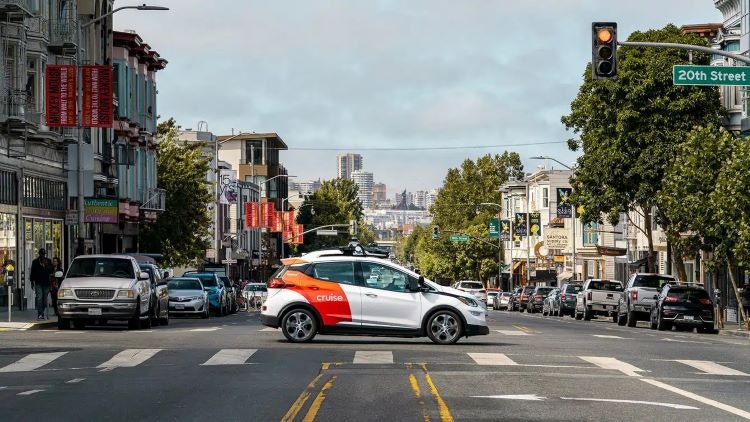
According to the patent, the purpose of the technology is to “reduce or eliminate motion sickness experienced by a vehicle occupant/passenger”. It details how motion sickness can be triggered by certain movements and could be intensified for passengers in an AV.
This is because when concentrating on driving and looking at the road ahead, you are less likely to feel the effects of motion sickness. However, if AV occupants are looking at an object within the vehicle cabin – for example, reading a book or looking at a display screen – sickness is more likely to occur.
If the patent is granted, the Cruise design team will have exclusive rights to the patented process and design for a designated period.
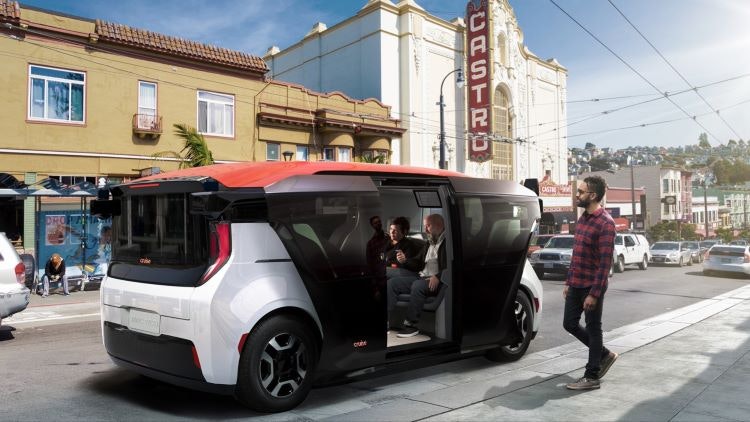
How does it work?
The patent application says that the process of the technology works by “collecting motion data associated with a vehicle using one or more environmental sensors”.
A Cruise spokesperson adds, “Our AVs are outfitted with a suite of sensors that enable a 360 view of the world around them, understand the various scenarios that could happen and predict what’s likely to happen next.”
The sensors have various proposed uses. They are designed to track the eye movements of a user within a cabin of the vehicle, process the motion data and the eye movements to identify a motion event, and generate what Cruise calls a “motion compensation signal” based on the motion event.
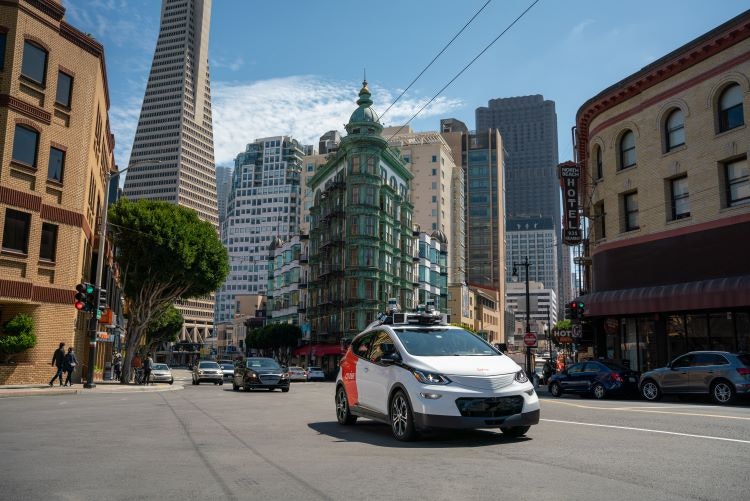
What is a motion compensation signal?
Once the sensors detect a scenario or movement which might cause motion sickness, a motion compensation signal is meant to be triggered in response. In the patent application, Cruise includes details of three main motion compensation signals.
The first is designed to adjust the graphics displayed on one or more display screens in the vehicle, which the passengers might be watching. For example, it would “create and apply a blur filter in regions of the display located in peripheral regions of an occupant’s gaze”.
The second motion compensation signal would “move or adjust the position of a display screen that is being viewed by one or more occupants”. This is meant to adjust the graphics by performing dynamic edge-blurring or image stabilisation.
Lastly, a mechanical motion compensation signal has been invented which will attempt to prepare the user for an “upcoming/impending motion event”. For example, the car seats would be designed to include the cabling and motors necessary to receive the signal. In turn, this should provide a haptic response (possibly in the form of a vibration) that is “calibrated to prevent or reduce motion sickness of an occupant of the seat”, according to the patent application.
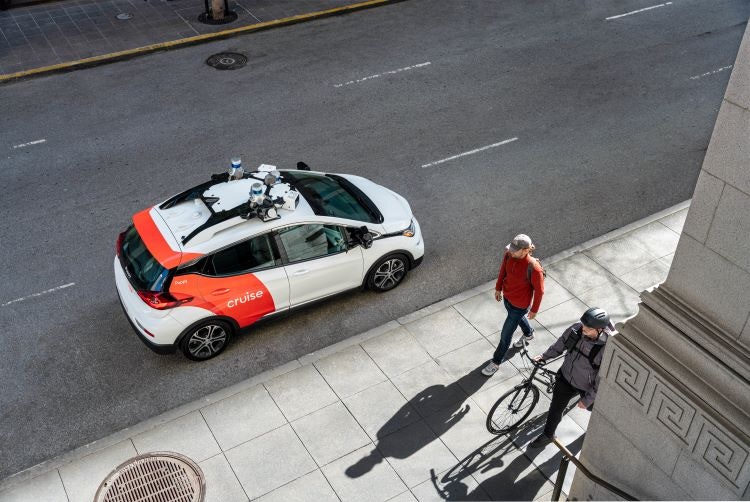
Pre-emptive capabilities
The patent describes how the motion signals are designed to be both reactive and pre-emptive. This means that as well as sensing motion events in real-time, the technology will also seek to predict future motion events through collecting data.
The AV sensors have been designed to predict “future motion events … based on motion data collected by one or more vehicle sensors” and also take into account the route/path information stored in the vehicle’s software, according to the documents. In theory, this means that if a certain route is known to cause a motion event that is likely to cause sickness, the motion compensation signalling should kick in pre-emptively.
The patent application also details that the same principle applies when the AV is about to perform a manoeuvre, like turning a sharp corner or reversing, that may induce motion sickness. It says that “localization information and routing planning information can be used to determine the potential timing and magnitude of the impending motion event”.
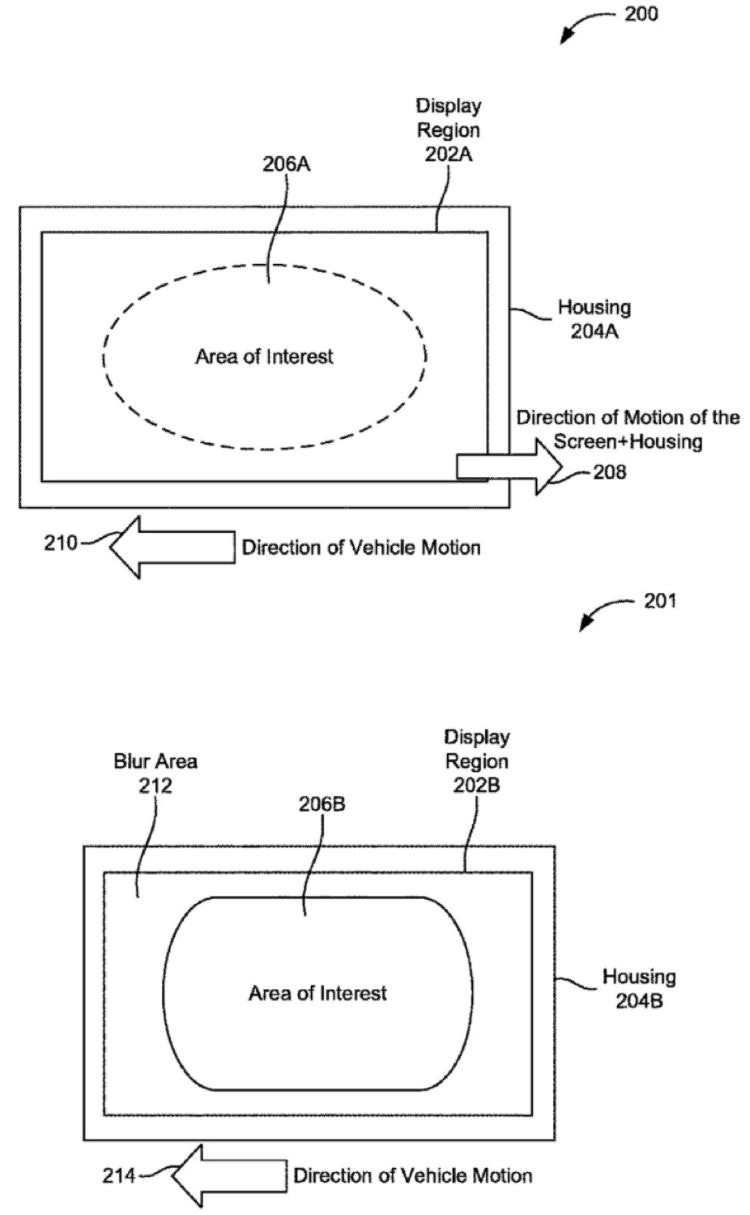
Where else might the technology be used?
Cruise has detailed that similar techniques may be used in other contexts, such as in non-autonomous vehicles or in transportation systems of other types, like trains, aircraft, and watercraft. The techniques will supposedly be used without departing from the scope of the technology disclosed in the patent.
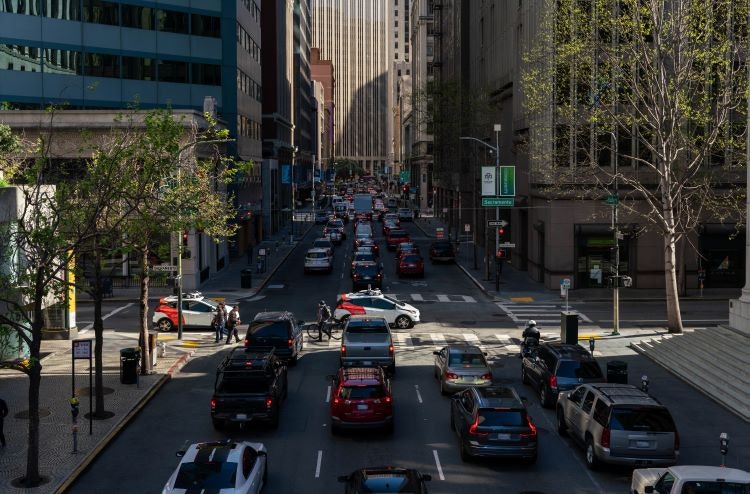
The full patent with diagrams can be found here.

- Design disciplines in this article
- Industries in this article
- Brands in this article










